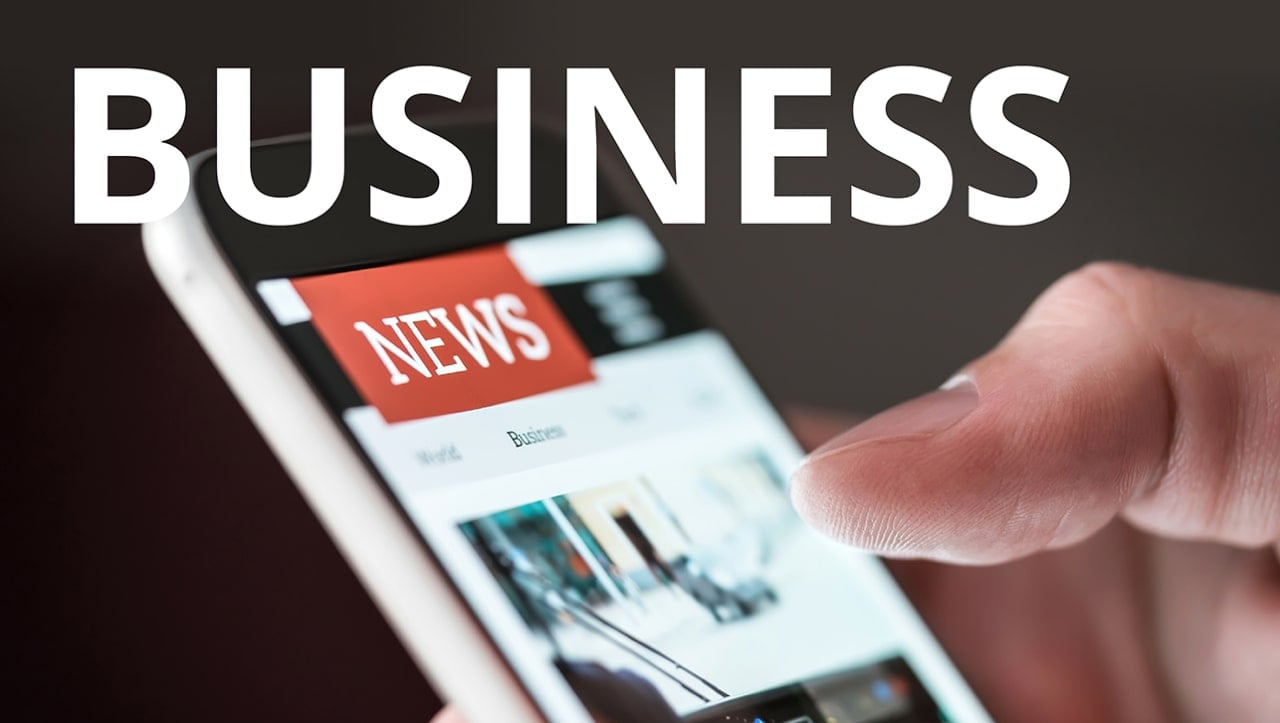How Popular News can Save You Time, Stress, and Money.
Table of ContentsHow Popular News can Save You Time, Stress, and Money.Facts About Popular News RevealedThe Ultimate Guide To Popular NewsWhat Does Popular News Do?
Age is also a consider the means individuals view the function of social media. Younger social media news consumers are more probable to claim it has actually influenced their discovering right. Regarding fifty percent of social networks information consumers ages 18 to 29 (48%) say news on social media makes them much better informed, compared with 37% of those 30 to 49, 28% of those 50 to 64, and 27% of those 65 and older.Journalists consider news values when determining whether or not to cover an occasion or announcement. Here are the worths that we consider when creating an outreach technique. Probably one of the most essential element of newsworthiness is whether or not the news thing being connected effects an information outlet's audience. For instance, allow's envision scientists have found an affordable solution to a common trouble.
Research on a state's new tax obligation code likely won't create the same passion across state boundaries. Periodically professionals can aid localize a larger national story that affects more than just a city or state.
If you are releasing relevant research study, loophole in MarComm before the short article being published to make sure that the pitch can highlight the most recent aspect of the story: the publication of the study. Occasions and news that involve top-level numbers are extra most likely to create media coverage. Check outs from nationwide numbers usually call for months of prep work due to anticipated community passion.
Popular News for Dummies
We can help minimize possible reputational danger with these tales while also boosting the odds of generating protection. While several of the above news worths are interwoven, human interest stories frequently stand apart.
Human rate of interest elements can add information worth to other stories that could appear to be lacking in the other worths. The novelty or anomaly of a situation can help affect whether a news outlet is most likely to cover a tale. While this is not an exhaustive listing, examining to see if your story or event has these high qualities prior to calling us will help you identify which aspects hold one of the most information worth.

The Ultimate Guide To Popular News
There is also substantial proof that more customers might start to pay for information in the futureif publishers can comprehend them and serve them well. Half of those that do not pay for information actively choose information and resemble customers in various methods. And virtually 2 in 10 of those who do not subscribe to information get redirected here now show they are inclined to begin to pay in the future.
We after that ask a collection of questions to determine whether people spend for certain sorts of information resources (Popular News). We asked people to call the resources they use most oftenwhether they spend for them or nothow they utilize them, the certain points they take into consideration important regarding them, and some related questions about the price and worth of that resource
People are drawn to information generally for 2 factors over others: A desire to be notified people (paper customers particularly are highly inspired by this) and due to the fact that the publication they register for excels at covering particular topics regarding which those subscribers specifically care. While there are a host of factors, the No.
Greater than 4 in 10 also point out the truth that family and friends register for the very same item (Popular News). Greater than a third of individuals say they initially subscribed in reaction to a price cut or promotion. In print, individuals additionally are moved greatly to subscribe to get coupons that conserve them cash, something that has untapped implications in digital
Facts About Popular News Uncovered
Concerning fifty percent are "information hunters," implying they proactively seek out information instead of largely running into it in a more easy means, though the news that nonpayers are seeking (for now, a minimum of) is usually about national politics. Like subscribers, numerous of these people likewise obtain information numerous times a day, make use of the news in methods comparable to clients, and are interested in similar topics, consisting of international or worldwide news.

Of those who do pay, 54 percent register for newspapers in print or electronically, which represents 29 percent of Americans on the whole. Most of them acquire a print magazine in addition to their newspaper and pay for 2 to four information resources in total, some even a lot more. And while 53 percent are veteran click this subscribers (5+ years), even more than a quarter (27 percent) have bought their paper membership within the past year.
Few print subscribers assume it most likely they will certainly switch to a digital-only membership in the future, and majority of those who prefer electronic have never ever paid for a print variation of the same resource. Totally 75 percent of paper payers say they largely reviewed the paper in print, while 21 percent are mainly digital individuals, and 4 percent describe themselves as uniformly split.